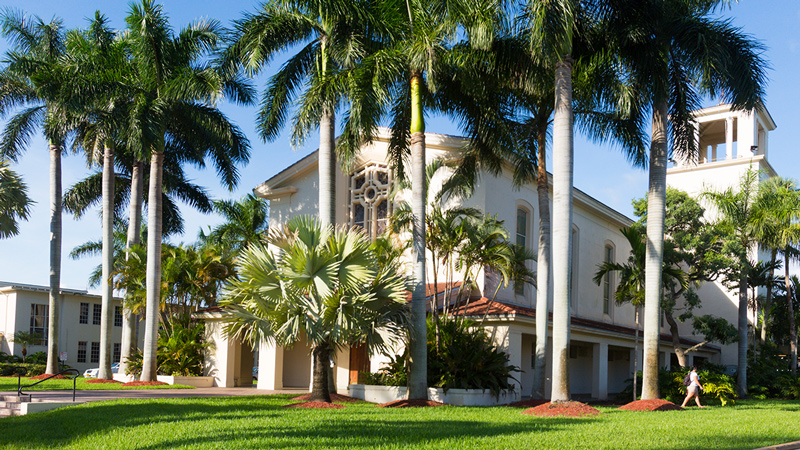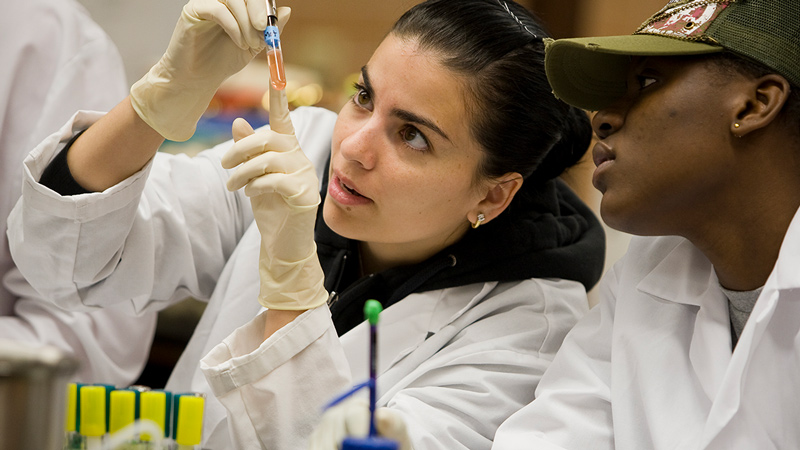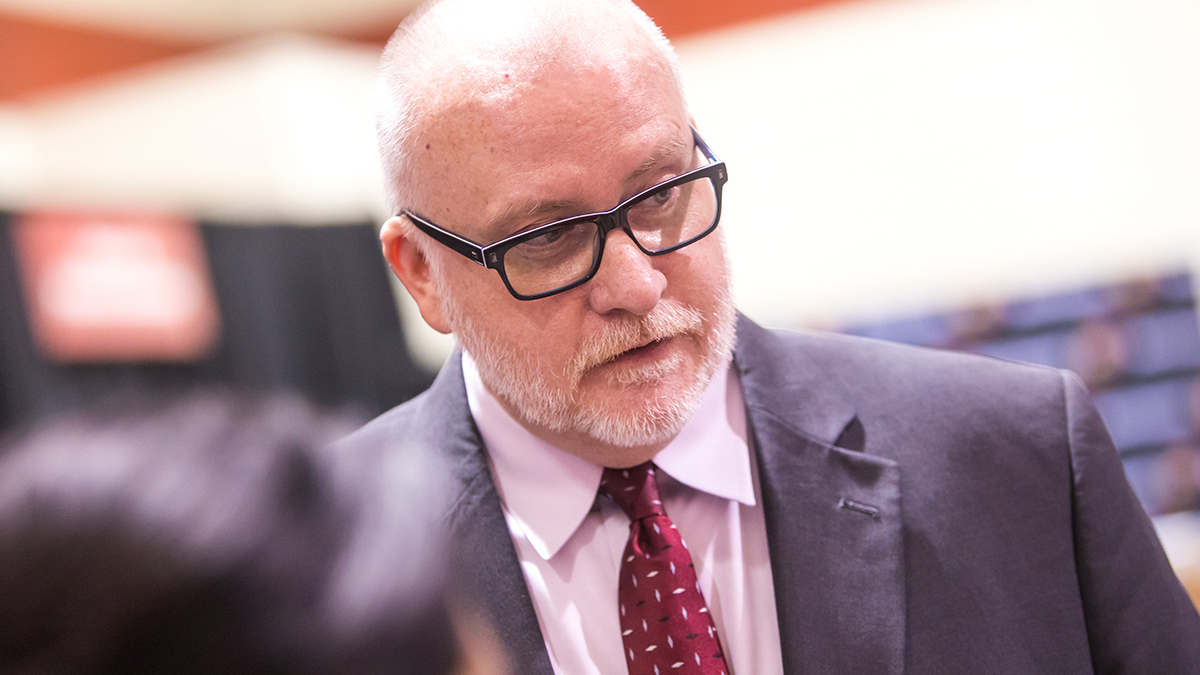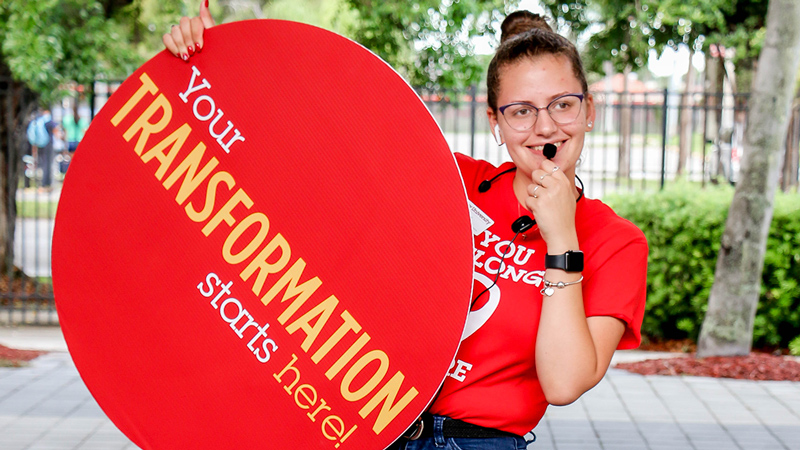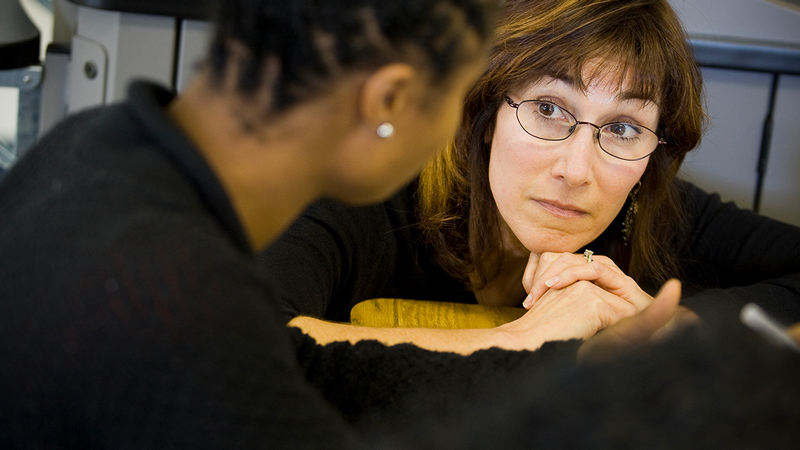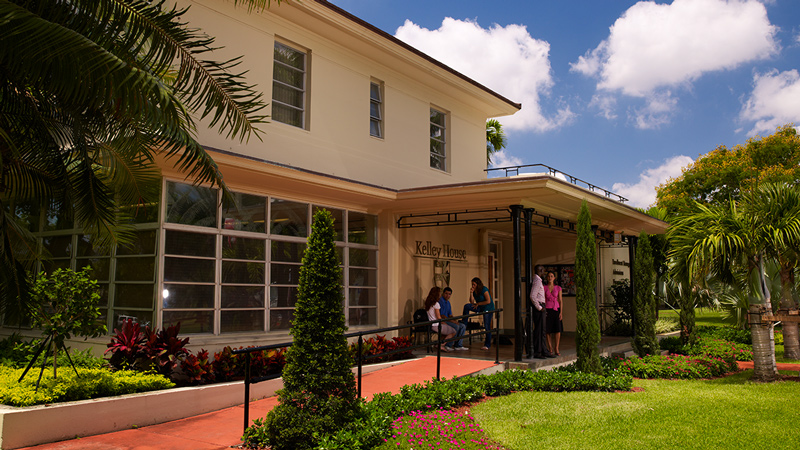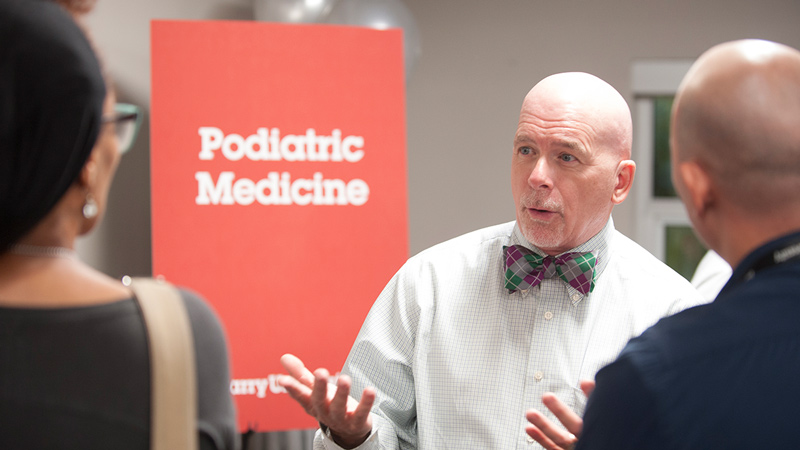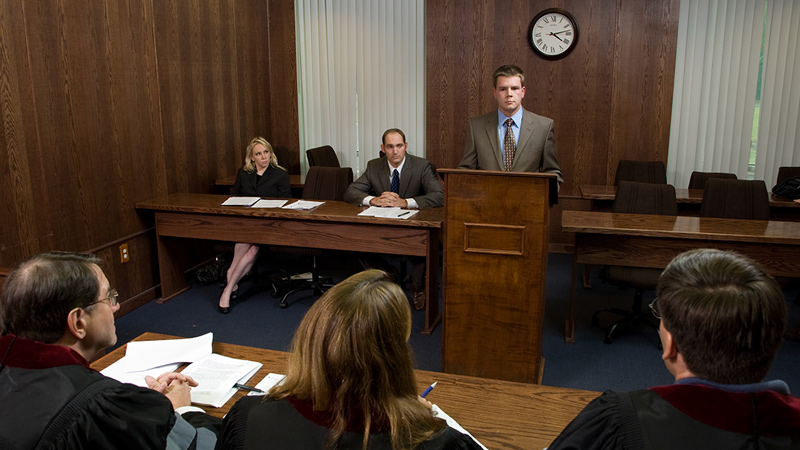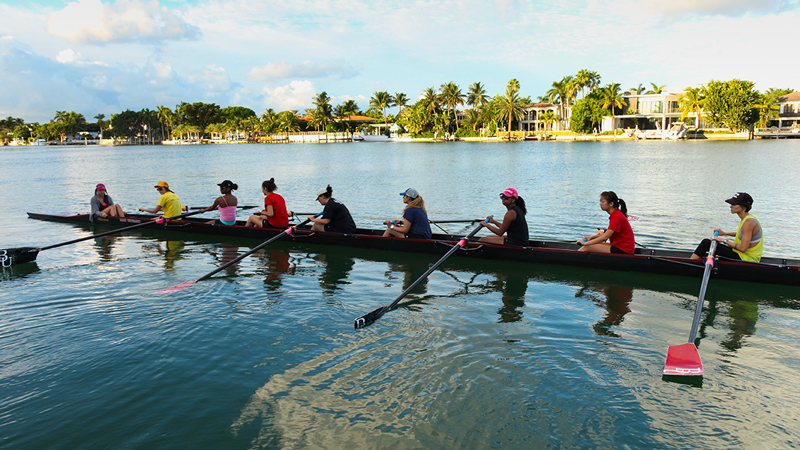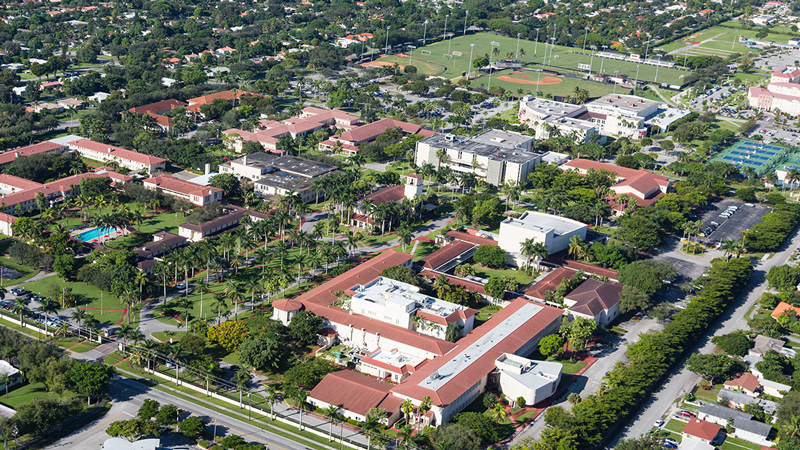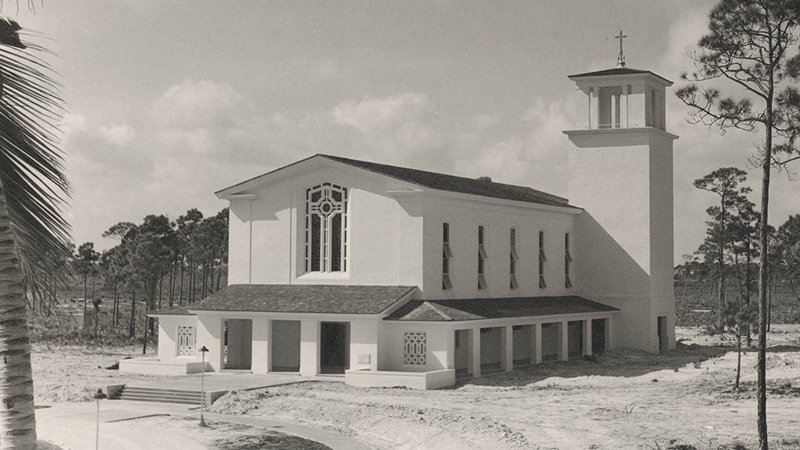The Department of Information Technology at Barry University has recently started offering courses and programs in a distance delivery format - in addition to its traditional face-to-face courses and programs - that do not conflict with the university's mission of being a personal, caring, and traditional institute of higher education. In an effort to provide exceptional quality education, Barry has adopted state-of-the-art technologies and engineered a high-performance networking infrastructure. Some of the virtual laboratories, digital libraries, and distance education courses at Barry are transmitted via Internet2, which is the foremost U.S. advanced networking consortium.
All distance learning courses use Canvas as the hub of all documents and assignment management, distribution, and submission, as well as the system of choice for asynchronous discussion forums. Distance learning courses may use the web conferencing tools to allow students to interact in real-time with their professors and classmates without necessarily being physically in the classroom.
This promotes spontaneous class discussions and peer interaction and helps build an online Barry community.
Canvas has effectively served as a central point for course materials (syllabus, lecture notes, etc.), collection of assignments, discussion forums, and grade management. While this helps achieve a high degree of portability, it is not designed for rich video/audio delivery, application interaction, and real-time discussion. To better simulate the interactive experiences of the traditional classroom environment, Microsoft's web conferencing software, Live Meeting, is used to conduct class meetings in real-time and teach classes with each participant in a different location - at home, at the office, or anywhere in the world with fast access to the Internet.
